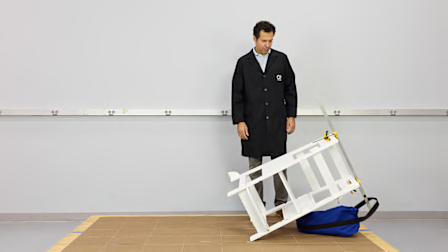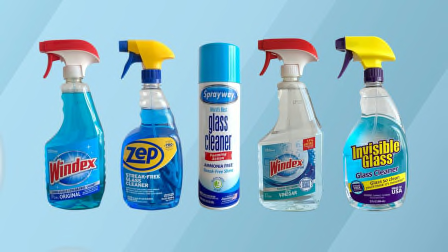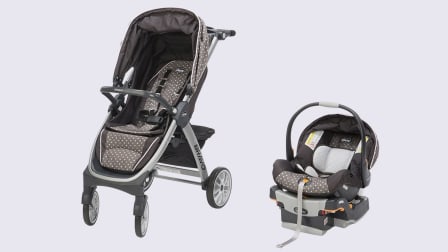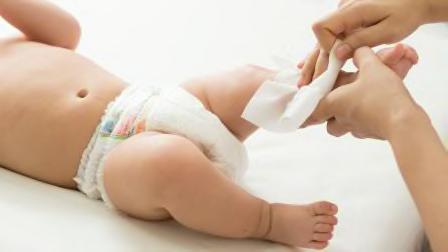Why Baby Loungers and Support Pillows Are About to Get a Lot Safer
Most loungers, head positioning pillows, sleep wedges, tummy-time pillows and floor pillows will now have to be redesigned in order to stay on the market, regulators say
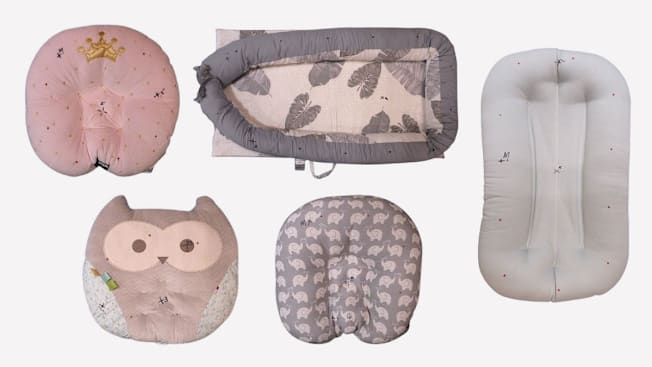
Parents familiar with safe sleep guidelines know that babies should sleep on a flat surface, without any pillows, stuffed animals, or blankets. But there are still a plethora of pillowlike items marketed to parents: lounging pillows, head-positioning pillows, sleep wedges, “cuddle” pillows, pillows that come with play centers and floor mats. They’re usually described as cozy, soft, supportive, and, above all, safe spots to put your baby when they aren’t in your arms.
Unfortunately, many of these products aren’t safe, especially if they are used for infant sleep or if they are put in unsafe places. If babies fall asleep in pillows that are too soft, they can end up in a position where the pillow restricts their breathing. If parents put babies in pillows on counters or couches and walk away, babies can roll out of them and fall to the floor. The popular Boppy lounger was recalled in 2021, following a Consumer Reports investigation linking at least seven deaths to Boppy loungers and nursing pillows. The Consumer Product Safety Commission, the agency that oversees the safety of most household products put out a warning about five other lesser-known lounger brands this past August.
The CPSC says that there have been at least 79 deaths and 124 fatal incidents tied to this broad category of “infant support cushions” between 2010 and 2022. Most of the babies who died were younger than 3 months old.
That’s why the CPSC unanimously voted to approve a sweeping new safety rule that has the potential to affect an enormous array of baby products, as it announced on Oct. 16.
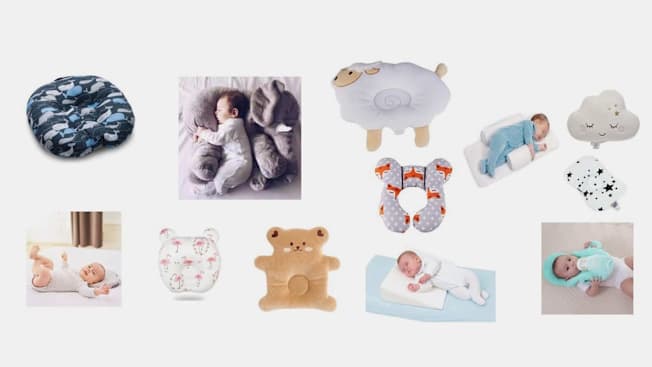
Source: CPSC Source: CPSC
All of these products are slightly different, but CPSC staff says that when they examined the data on injuries and deaths, they could see that parents were using them all in similar ways.
“Their hazard patterns were similar,” the CPSC’s project manager for the rule, Ashley Johnson, PhD, said in a public hearing on Oct. 2. Parents “were using them on elevated surfaces. They were using them for sleep.”
So since the risks these products pose are the same, the agency has decided, the rules for all of them will be the same. The pillows will now have to be designed and tested to make sure:
- They are sufficiently firm, not soft—to prevent suffocation.
- Any side walls they may have are angled out (greater than 90 degrees), away from the baby—also to prevent suffocation and entrapment
- The pillows are flat, with an incline of not more than 10 degrees—to prevent babies’ heads and necks from getting in an unsafe position that could block airflow.
- They do not have any straps or other restraints, as these may falsely suggest to parents that they can safely leave the baby unattended (which they should not).
- They feature strongly worded warning labels, spelling out the risks.
The Juvenile Products Manufacturers’ Association, a trade group, said that the CPSC rule may have an unfortunate side effect. “When regulation is too broad—in this case, these requirements apply to twelve significantly different product types—we see unintended consequences of parents and caregivers creating their own unsafe solutions to meet their needs,” a spokesperson wrote to CR.
But the commissioners were unanimous. “I am pleased that we have approved this rule establishing a safety standard for infant support cushions and am particularly pleased that we did it through a unanimous vote,” CPSC chair Alexander Hoehn-Saric said in a statement released with the announcement. “This is an important rule that creates safety standards for a set of products that—until now—were not subject to comprehensive safety standards and created suffocation hazards for infants.”
Baby loungers and other baby pillows come in many different forms, and many parents consider them a must-have—you might even have one in your home right now. But experts say the current models on the market just aren’t safe enough. Thanks to this new rule, there should be better, safer options available soon.
In the meantime, you and your baby are better off using a product that already has mandatory standards in place, like a bouncer, and put them in a product meant for sleep, like a crib or bassinet, when it’s nap time.

















